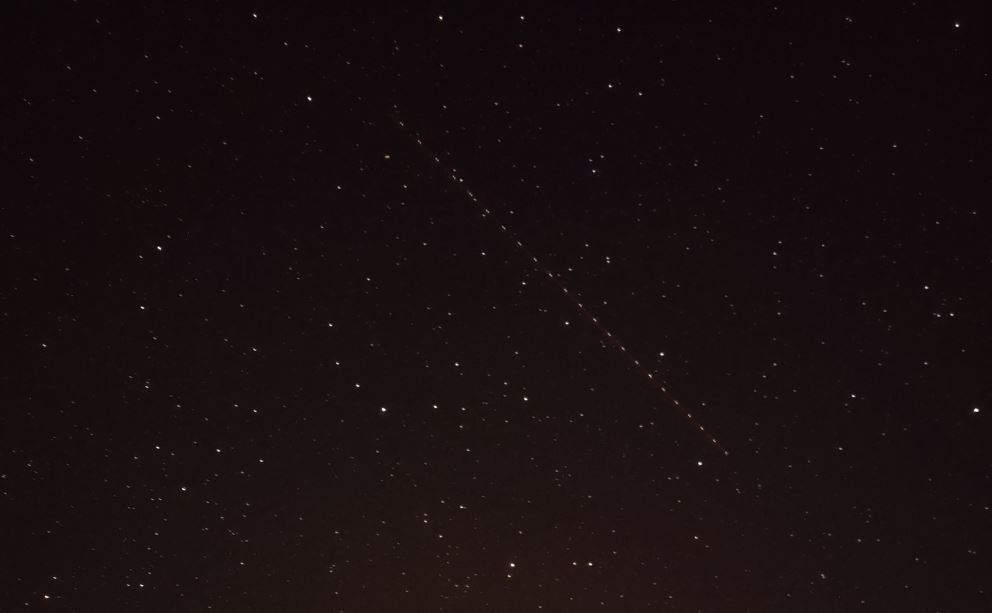In the running for the prize for the worst idea of the decade: advertisements that could light up the night sky… thanks to constellations of satellites. So it may be our last times to see a clear sky without ads at night?
The word “constellation” does indeed designate here a series of (small) satellites which would be deployed in such a way as to form an image in the sky. In theory, these satellites flying in groups would reflect the light of the Sun so that each forms a “point” of an image. In theory too, the take-off of such satellites could be limited by the legislation, at least that of the country from which these satellites would be launched.
But as the news came Wednesday from Russia, it’s unclear whether the currently pariah state would see financial benefit in it. The news came more specifically from a press release from the Skolkovo Institute of Science and Technology, in Moscow, a private university that was established in 2011.
The press release is based on a scientific article published in August in the journal Aerospace: the three Russian authors evaluated the possibility of making the project profitable, considering that the satellites would have a shorter lifespan (estimated at three months).
That’s because they should rotate at a relatively low altitude to be able to be seen, and preferably above as many large cities as possible. “As impractical as the idea may seem, space advertising reveals the potential for commercial viability,” they write.

The device in question would be the mini-satellite CubeSat, chosen for its low construction cost – we talk about groups of 50 at a time, each measuring less than 50 centimeters on each side, for a bill of $65 million – but also for its 9 square meter solar panel – enough to reflect the Sun’s rays.
A Russian company, Orbital Display, was already proposing this idea in 2019, but had not put any numbers on it.
Even if it were profitable, the idea would mean both an increase in nighttime light pollution, at a time when attempts are being made to reduce it, and a proliferation of space debris, at a time when there is growing concern about its consequences.
And moreover, for very unscientific reasons. That’s without counting the millions of people who dream under the night sky… without commercials.




